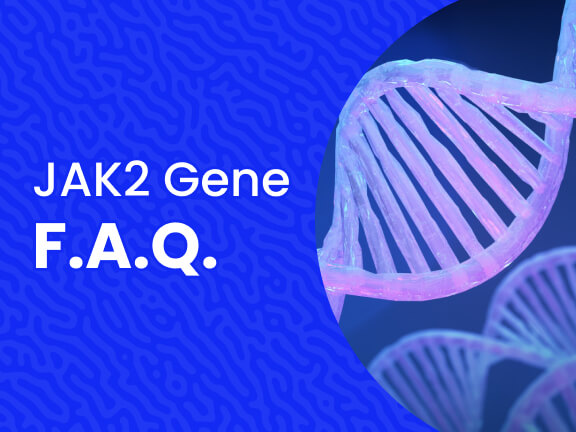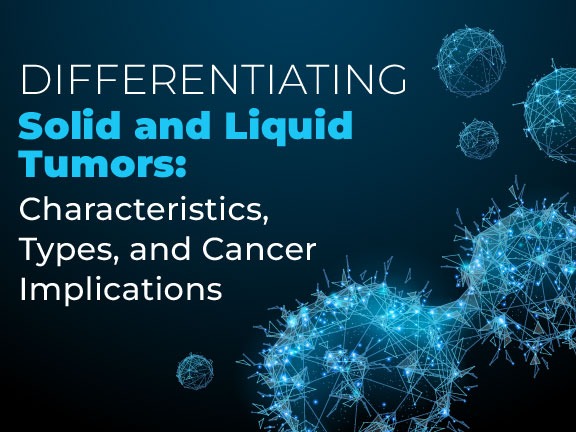Myelofibrosis treatment options are evolving as research progresses, offering hope for more effective and personalized approaches to managing this challenging condition. The landscape of treatment is shaped by the understanding that myelofibrosis can vary greatly from one patient to another, necessitating a tailored approach to care.
Myelofibrosis treatment plans often incorporate a multidisciplinary approach, involving hematologists, oncologists, and other specialists to address the complex needs of the patient. This team works together to monitor the progression of the disease, adjust treatments as necessary, and provide supportive care that targets the physical and emotional challenges associated with myelofibrosis. Pain management, nutritional support, and physical therapy may also be included to help manage symptoms and improve overall well-being. The goal is to not only extend survival but also to enhance the quality of life, recognizing the importance of addressing the wide-ranging impact of myelofibrosis on patients and their families.
New efforts to combat this disease are frequently on the agenda. However, some new treatment options and studies can be listed as follows:
Momelotinib (Ojjaara): This is a JAK inhibitor specifically approved for myelofibrosis patients with anemia. It is unique because it can treat the condition without causing a deficit in healthy red blood cells, a common side effect with other JAK inhibitors. Clinical trials have shown that momelotinib decreases the need for blood transfusions, improves symptoms, and manages spleen enlargement effectively.
Fedratinib (Inrebic): Though not mentioned in the detailed articles, fedratinib is another JAK inhibitor approved for the treatment of adults with intermediate-2 or high-risk primary or secondary (post-polycythemia vera or post-essential thrombocythemia) myelofibrosis. It offers a treatment option for patients who have been previously treated with ruxolitinib or for those who are newly diagnosed.
Treatment for Myelofibrosis

The treatment of myelofibrosis involves a comprehensive approach tailored to the individual patient’s condition, symptoms, and overall health. Myelofibrosis treatments have evolved significantly over the years, incorporating a range of strategies from medication to stem cell transplantation. Prefibrotic myelofibrosis, an early stage of the disease, may require a different treatment approach compared to more advanced stages. A key component in managing this condition involves the use of JAK inhibitors, which target the Janus kinase pathways involved in the disease’s pathology.
Myeloproliferative neoplasms, such as myelofibrosis, affect the blood cells and bone marrow, leading to fibrosis or scarring. This scarring disrupts the normal production of blood cells, leading to symptoms such as anemia, fatigue, and spleen enlargement. In some patients, iron deficiency can also occur, complicating the treatment landscape. A treatment algorithm is often used by healthcare professionals to determine the most appropriate therapy based on the patient’s specific clinical features and disease severity.
The introduction of new treatment for myelofibrosis offers hope to patients, especially those who have not responded to existing therapies. Understanding what is leukemia is crucial, as myelofibrosis is a type of leukemia – specifically, a myeloproliferative neoplasm. Determining what is the best treatment for myelofibrosis depends on various factors, including the patient’s age, symptoms, and the presence of mutations in specific genes.
Leukemia is a broader term for cancers of the blood cells, and what causes leukemia includes genetic mutations and environmental factors. Vera polycythemia, another myeloproliferative disorder, shares some treatment strategies with myelofibrosis. Symptoms of myelofibrosis can range from mild to severe, including anemia, fatigue, and spleen enlargement, which significantly affect the patient’s quality of life.
Polycythemia treatment often involves reducing the thickness of the blood to prevent clotting issues, whereas polycythemia symptoms can include headaches, dizziness, and itching. Understanding these conditions and their interconnections is essential for developing effective treatment plans and improving patient outcomes. In conclusion, the treatment landscape for myelofibrosis and related myeloproliferative neoplasms continues to evolve, with research focusing on new and more effective therapies. Tailoring treatment to the individual patient’s needs, while considering the latest advances and treatment options, remains the cornerstone of effective management for this challenging condition.












